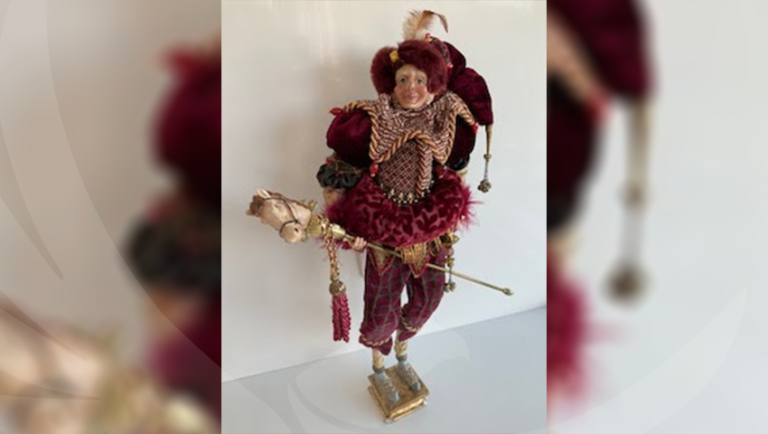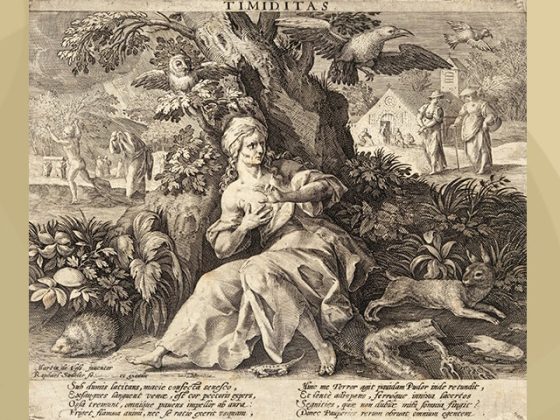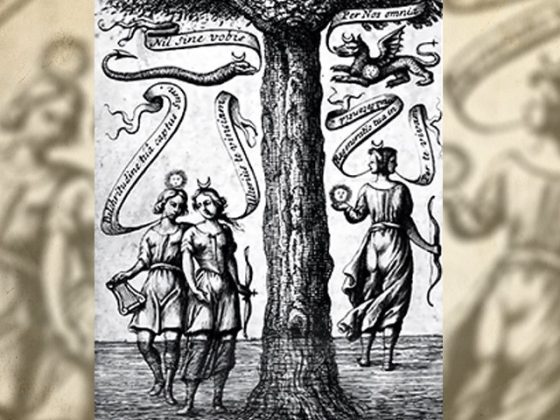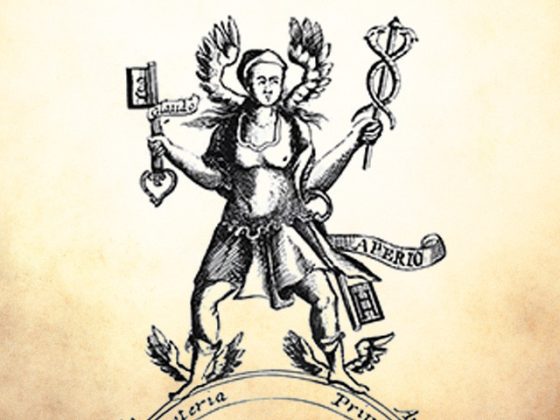Dearly beloved friends:
I am pleased to send you all a very interesting comment about the figure who in medieval times was called the JESTER.
THE ALCHEMICAL MYSTERY OF THE JESTER
First of all we must know that transmutatory art was and is full of mysteries, keys, symbols, etc., etc., etc. One of the great mysteries of this sacred art is constituted by the figure of the jester of the kings. Almost no one knows that behind that disguise worn by some Initiates the enormous mystery of our Secret Mercury was hidden. Thanks to the great Adept Fulcanelli, today we can deeply comprehend the figure of this character who embodies the prodigies of our chaotic matter, which has the virtue of regenerating and self-realizing us.
In those medieval times, the Arcanum A.Z.F. was a closely guarded secret. It was required to know a true Master who had the charity to initiate us into the mysteries of the Philosopher's Stone and give us this key. Today, thanks to the V.M. Samael Aun Weor, the veil that covered the mysteries of the Great Work was totally torn, and although many have no interest in entering the mysteries of the BEING, those of us who do want to know and incarnate it can, then, begin to make the great journey that will take us to the Palace of the King.
I therefore add the words of Master Fulcanelli written in his work The Dwellings of the Philosopher in this regard, hoping that they will be understood and valued by all of you. Here they are:
“THE MAN OF THE FORESTS, MYSTICAL HERALD OF THIERSEL”
“In an old almanac which, with the Clavicles of Solomon and the Secrets of the Great Albertus, constituted once upon a time the greater part of the scientific body of colporteurs, an interesting woodcut is found among the plates illustrating the text. It represents a skeleton surrounded with images meant to mark out the planetary correspondences “with the parts of the body which are connected with it and under their rule”. In the drawing, while the Sun exhibits its radiant face, and the Moon its profile crowned with a crescent, Mercury appears in the shape of a court jester. Head covered with the pilgrim’s hood out of which prick up two long ears ─just as the capitals which we have pointed out at the basis of the figurines─ he is holding a caduceus instead of his jester’s bauble. In order to avoid any misunderstanding, the artist cared to write the name of each planet under its proper sign. It is, therefore, a genuine symbolic formula, used in the Middle Ages for the esoteric translation of celestial Mercury and quicksilver of the sages. Moreover, it suffices to remember that the French word fou (once upon a time fol) ─meaning crazy─ comes from the Latin follis, bellows used to blow in fires, to awaken the idea of the puffer, derogatory epithet conferred to medieval spagyrists. Later still in the 17th century, it is not infrequent to encounter in the caricatures of Jacques Callot’s rivals, grotesque figures drawn in the symbolic spirit whose philosophical manifestations we are now studying. We remember a drawing representing a seated buffoon, legs crossed and forming the sign X, and hiding behind his back a large bellows. We should not be surprised that court jesters, among whom several have remained famous, have a hermetic origin. Their multicolored costumes, their strange clothes ─they carried on their belt a bladder which they called a lantern─ their puns and their mystifications prove it, along with the rare prerogative which they shared with philosophers, namely, to utter very bold truths with impunity. Finally, due to its fickleness and volatility, the mercury called the crazy man of the Great Work, has it meaning confirmed in the first card of the Tarot, called the fool or the alchemist.
In addition, the jester’s bauble which is positively a rattle ─krotalon─, amusement for toddlers and toy at the earliest age, is not different from the caduceus. The two attributes share an obvious analogy, although the court fool’s bauble expresses, in addition, the inborn simplicity possessed by children and that science demands from sages. One and the other are similar images. Momos and Hermes carry the same instrument, revealing the sign of mercury. Draw a circle on the upper extremity of a vertical line, add two horns to the circle and you will have the graphic secret used by medieval alchemists to designate their mercurial matter. This diagram which rather faithfully reproduces both the jester’s bauble and the caduceus, was known in antiquity: it has been discovered, engraved on a Punic monument in Lulybee. In the final analysis, the jester’s bauble seems to be a caduceus whose esotericism is clearer than that of the stick with snakes, whether surmounted by a winged figure or not. Its name, marotte in French, diminutive of mérotte, ‘little mother’ according to some or of ‘Mary’, the universal mother, according to others, underlines the feminine nature and the generating virtue of the hermetic mercury, mother and nourisher of our king.
The word caduceus is less evocative as it retains in the Greek tongue the meaning of the announcer. The words κηρυκειον and κηρυκιον, caduceus, both mean the herald or town crier On its own, their common root, κηρυξ, the rooster ─because the bird announces sunrise and the dawn of light, aurora─, expresses one of the qualities of secret quicksilver. For that reason the rooster, herald of the Sun was consecrated to the God Mercury and appears on our church steeples. If nothing in the bas-relief of Thiers reminds us of this bird, it cannot, however, be denied that it is hidden in the word caduceus, which our herald is holding in both hands. For the stick, or scepter, which the heraldry officers bore was called caduceus just like the stick of Hermes.”
“The Dwellings of the Philosopher“, Fulcanelli
I send you this beautiful image of an ancient statue that fate put in my hands. It is something original related to this account.
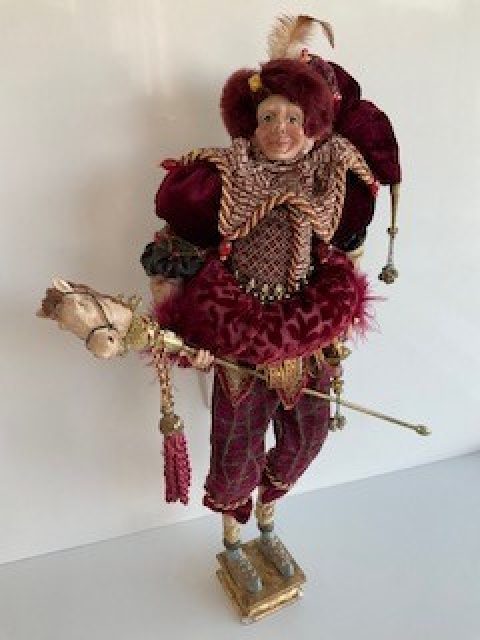
Note that the figure bears the alchemical colors. His clothing is almost entirely red, which indicates or points to the red tincture; such a color points to the fusion of Mercury with the Sulfur of the sages. However, there is black and yellow coloration in some parts of his symbolic clothing. Let us remember that our Mercury is black at first, then white, then yellow, and finally it must become red tincture.
I now add some sentences for your reflection:
“The only thing that should surprise us is that there are still some things that can surprise us.”
La Rochefoucauld
“What is the most sublime surprise? That of the one who finds God within himself.”
Amado Nervo
“Let us be truthful: that is the secret of eloquence and virtue, in that lies moral authority, that is the highest maxim of art and life.”
Amiel
“There is something closer to us than writing, namely, the Word, from the heart of which all scriptures proceed.”
William Penn
Docendo discimus.
─'By teaching we learn'─.
KWEN KHAN KHU


